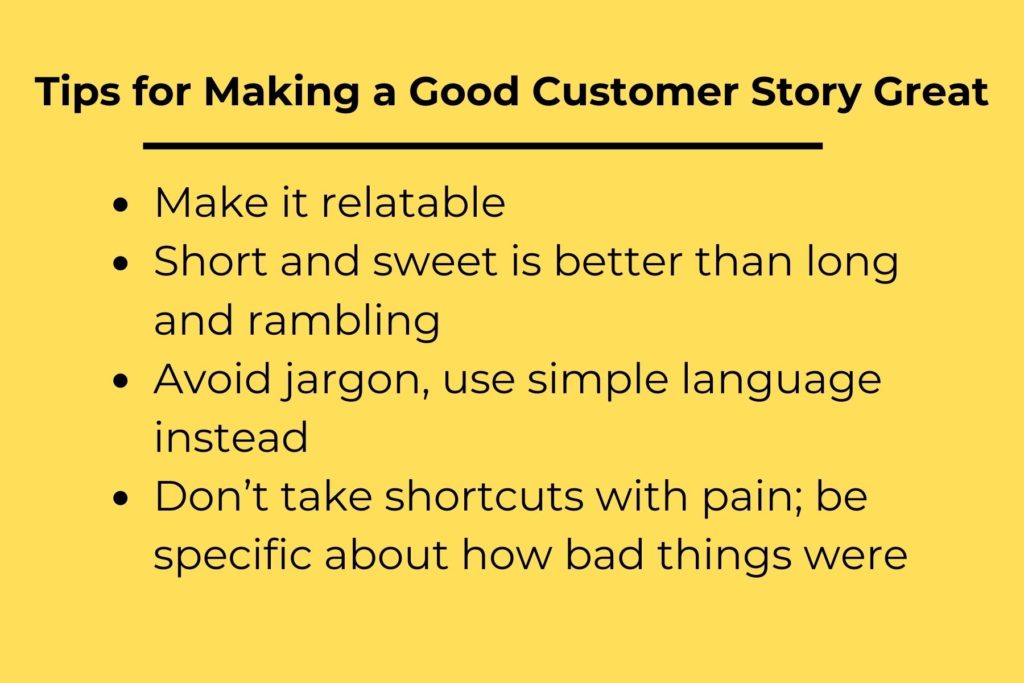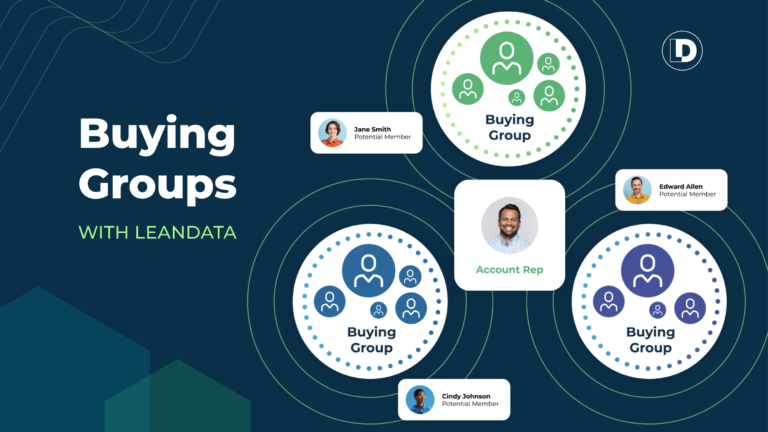You may think storytelling in sales is unnecessary, but everyone remembers good storytellers.
Maybe it’s your favorite uncle, former roommate or boss who can weave a tale that keeps your attention, paints a vivid picture in your mind and makes you feel something.
As part of our LeanData sales bootcamps, I always include a session on “Telling the LeanData Story.” Telling a story is one of the best ways to help buyers understand what your company does. It also helps them relate to people who have been really successful with your product.
Training your Sales team to become great storytellers begins with the “WHY.”

Why Use Storytelling in Sales Conversations?
Everyone knows prospective customers like to hear a case study. People want to know that someone else has been successful with your product. It’s a proof point. But it’s actually more than that.
Stories are part of what makes us human. They’re an integral part of how we live and communicate with others. From our earliest development as children and on through adulthood, telling stories is how we learn.
Additionally, a great story can change our minds, change the way we see the world, and change our mental models. A story can pull you out of your day-to-day life into a new mindset of inspiration and change.
Using storytelling in your sales conversations helps your prospective customer not only relate to common pain points, but more importantly, see themselves using your product or service.
How to Tell a Compelling Story
Sales reps have a limited amount of time with their prospective customer. On top of that, there’s a limited window of attention. Whether the prospective customer is glancing at your email (three seconds), or talking to you on the phone (three minutes), or watching your demonstration over Zoom (30 minutes if you’re lucky), your story must be engaging and compelling enough to make them want to take another step along the buying journey.
I teach our Sales team a storytelling technique based on a common structure known as the “hero’s journey.” In a typical hero’s journey, the protagonist goes on an adventure, learns a lesson, overcomes a challenge with their newfound skills and returns home transformed. To apply this to sales conversations, I break the hero’s journey into three simple steps: beginning, middle and end.

The Beginning
In the beginning of the story, provide context. Share details about who the customer is — use their name if you have permission; otherwise, choose an alternative name to represent them. Describe where they work, their job title, their industry, and other relevant departments at the company.
In effect, the story should convey the message, “I’m telling you this story because it’s about someone who has a similar role as you or someone in a similar company as you.” Make it personal.
The Middle
Then, as you progress through the story, explain the challenges the protagonist experiences. Be very descriptive about the negative impact of the pain they’re feeling. Keep in mind that it’s very easy when you’re telling a story to skim over the pain. However, if you skim over the pain, your prospective buyer won’t feel the full impact of solving the problem in the end. The more detail you share about the customer’s pain, the more value there will be in solving the problem.
The End
Last, at the end of the story, share the positive impact the solution created for the customer. Use measurable outcomes whenever possible like time saved or anything related to their return-on-investment (ROI). Here’s an example from LeanData customer Zoom: “Changes that used to take months now happen within a week and they can easily adapt lead and account assignment to meet any changes in their go-to-market strategy.”
A word of caution: it’s easy to tell a story and imply that your company jumped in to save the day. However, your customer should be the hero, not your company. You want your prospective customer to identify with the customer and see they also have this problem. You want the prospective customer to want to save the day for their company too. Your company is simply the tool that allowed them to be the hero.

Practice Storytelling Skills with Your Sales Team
To practice their storytelling skills, I have my Sales team look at LeanData customer stories and write a beginning, middle and end. Then, we share with each other. I find it takes a bit of practice to get the stories short and concise, around four to five sentences. Stories should take no more than 40 seconds to share with your prospective customer.
Storytelling is really powerful — not just in work but how we interact with others. It’s an invaluable skill. A study by the London School of Business showed a 65% potential increase in retention when storytelling is used as communication style over facts alone.
Storytelling has the potential to build an emotional connection with your buyer that will drive them to move forward and make a purchase.
And that’s your goal.











